List of Free Traffic Sources to Grow Your Business Website
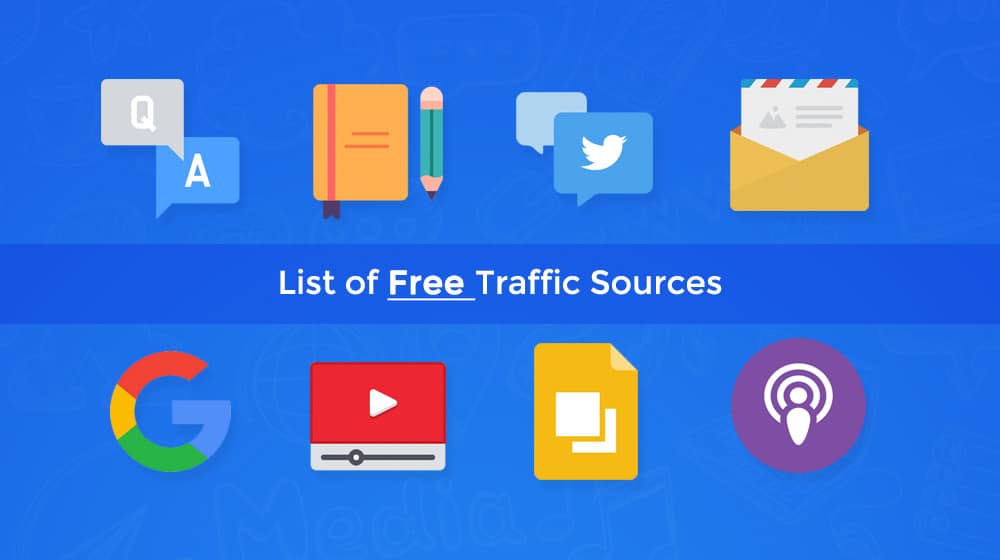
Everything we do in marketing centers around getting more sales, and there are two ways to do that: get more traffic, and make better use of your existing traffic.
If you ask me, you should be doing both, but I'm only focusing on one of them today: getting more traffic. A website should have a diverse set of traffic sources, and your marketing efforts should be as broad as they are deep. You want to tap as many different traffic streams as you can, so you can do things like test and optimize your sales funnel as it relates to a given traffic source. The more traffic you have, after all, the larger the pool you have to work with to make better use of it later.
I'm also focusing today solely on free traffic sources. You can always pay for traffic – there are dozens of ad networks out there you can use – but most of us don't have a budget we can freely increase just to get more traffic. Thus, everything I've listed below is a "free" strategy.
Why the scare quotes? Well, nothing in life is ever truly free. Some of these will require investing in tools to make them work. Some of them might require an initial or ongoing investment to tap the traffic source. All of them share one expenditure: your time. Time is money, so you're always paying for your traffic somehow, either with your wallet or your labor. Hopefully, these traffic sources should be cheaper than some of the alternatives.
Let's dig in!
Search Traffic
Every other traffic source on this list relies on one thing: a website. You have to have a website and that website has to have content on it for you to benefit from any traffic source, or build up any other traffic source. Building a blog is the keystone to everything in modern marketing. Very, very few websites can build up traffic without a blog, and the ones that do typically invest millions of dollars a year (or even a month) to do it, and/or already have a different site with an established audience powering it.
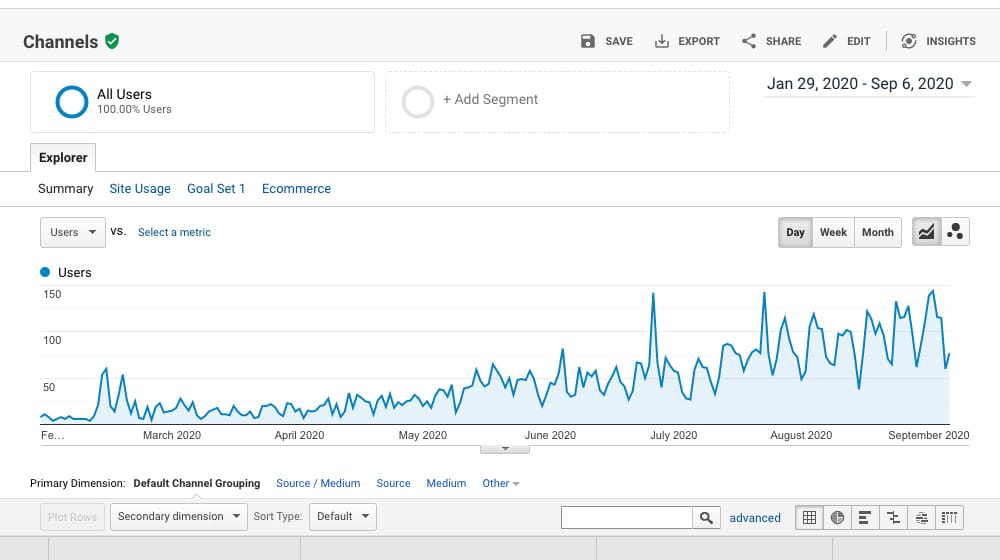
I don't feel the need to go deep into how to build a blog here today, for one reason: virtually everything else I've ever written on this site is focused on that topic. Feel free to click on the blog link or one of the category links up above and browse for a topic that addresses a subject you're curious about. If I haven't answered it, let me know what questions you have, and I'll see about getting a new post up about them soon.
Google is by far the biggest source of search traffic, but other search engines are slowly growing in popularity as more and more people distrust Google's monopoly. DuckDuckGo is a big one, with their pledge to not track user data, so keep an eye on that one.
The point is, you need to build a blog, keep it updated regularly, and focus on high-quality content to leverage other sources to build traffic and to do things with that traffic.
Email Traffic
I am a huge proponent of building up an email list and maintaining a newsletter. I've mentioned this before and I'll mention it again: a newsletter is just about the only traffic source you don't rely on another company or platform to control. Social networks can ban you, Google can remove you from their index, ad networks can block you, but your newsletter stays with you and is only beholden to your treatment of it.
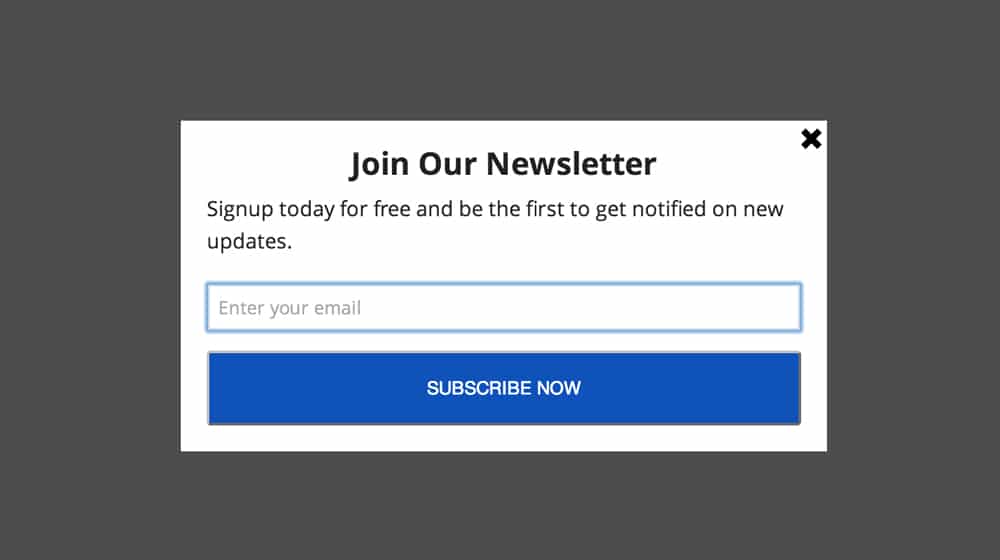
Now, I consider email traffic to be a "secondary" traffic source. That means to utilize it, you need to already have traffic. You can't just build an email list without a website. You need to have visitors to your site who you can convert into email subscribers. Much has been written about building email lists, far more than I can cover here today, but suffice it to say the guides are out there.
In order to build and make use of a mailing list, you need to maintain a blog and layer that blog with calls to action. The content is the foundation of several other forms of primary traffic, and the calls to action convert users into subscribers as a secondary traffic source. You capture people who have visited once or twice and turn them into people who keep coming back.
You also need to make sure you're regularly publishing a newsletter, to make use of this traffic. Set a schedule, whether it's daily, weekly, biweekly, or monthly, and stick to it. There's tons of information about mail marketing out there too, and I don't claim to be an expert. I just know that, like in blogging, consistency is more important than just about anything else.
Social traffic encompasses everything that can be considered a social network. Marketing for a social network is its own special skill, though a few core tenets apply: post frequently, post consistently, post high-quality content, strive to attract an engaged audience.
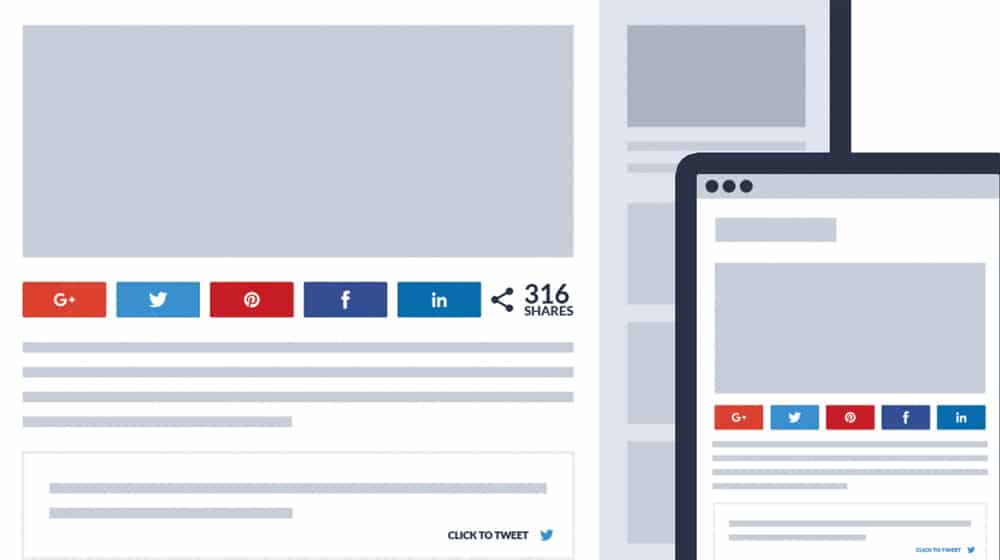
Some sources you can explore include:
1. Obviously, Facebook is the largest social network in the world and as such has the greatest capacity to get you traffic, though it's increasingly difficult. Here's a guide.
2. Twitter is great for fast interaction, news-focused content, and networking, as well as customer service for businesses. Here's a guide.
3. Usually thought of as a professional networking site, they have a blogging system and a group system, both of which can be valuable. Here's a guide.
4. Owned by Facebook, Instagram has a huge userbase and a very image-focused content stream. Excellent for more visual brands. Here's a guide.
5. Kids these days love the micro-video format (R.I.P. Vine) and TikTok provides it in spades. You need to be "hip", as the kids wouldn't say, to use it effectively. Here's a guide.
6. The foremost platform for video in the world, YouTube's algorithm is tricky and the platform is fraught with issues, but you can still use it to great effect. Here's a guide.
7. Reddit used to be very hostile to marketers, but these days it's hit or miss whether you'll ride free and clear or get shredded. If you're willing to risk it, here's a guide.
8. This microblogging platform has seen better days, but there's a dedicated group of people still using it, and if they're in your target audience, it's a great platform. Here's a guide.
There are, of course, other platforms as well. Snapchat rivals TikTok in the younger mobile audience. Yandex is like Facebook for the Russian and Eastern European audience, and platforms like Baidu and Sina Weibo target a Chinese audience. If you can take advantage of them, by all means, do so.
Referrer Traffic
Referrer traffic kind of goes hand in hand with social traffic, but I'm considering them distinct, even if the lines are blurred. Referrer traffic here is anything that comes from another site that isn't a social network. Other blogs, whether you control them (like Medium) or not, as well as non-social-media forms of curated posting, like web forums and blog comments, all work here.
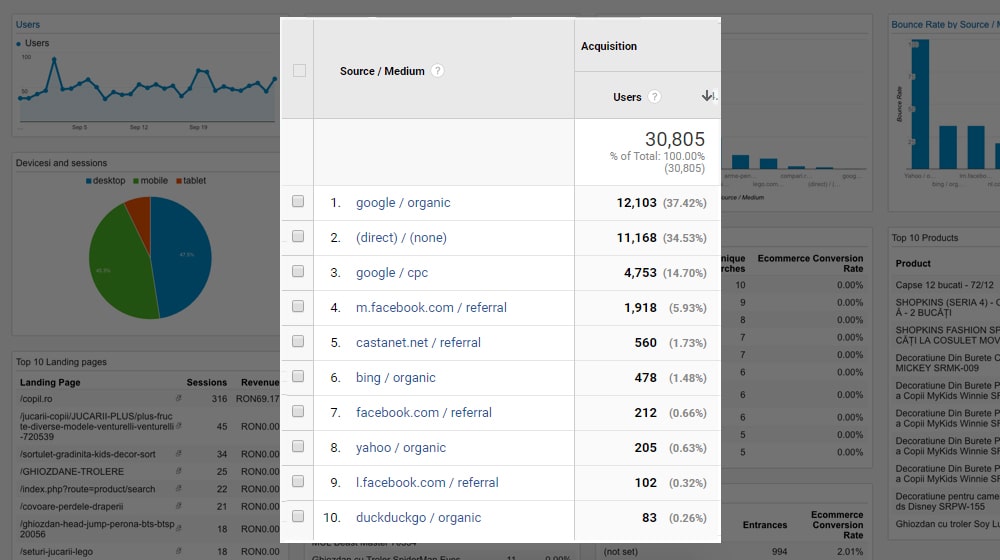
Referrer traffic can be some of your best sources of secondary traffic, but it can also be tricky or time-consuming to use. Among them, I mostly recommend and prefer guest blogging, influencer marketing, and posting on high-profile industry sites. In my case, I post on sites like Entrepreneur and Forbes, but I posted on many smaller to mid-range sites to build up a portfolio before I wrote I was able to write for those sites.
You can try to use blog comments, forum posts, and group posts to generate traffic, but it's harder and it's a lot closer to spam than I'm usually willing to get myself. Still, it can work, if you do it right.
Affiliate Traffic
Affiliate traffic isn't entirely "free", in that you do still have to pay for it, either in terms of referred traffic, referred and qualified leads, or in a commission from product sales. However, if you're paying for affiliate traffic, it's the traffic you've received and it's leads or sales you've made, so you're only paying out of what you're earning from it. Unlike other paid traffic sources, you aren't paying in the hopes that you earn from the traffic.

Affiliate traffic does mean running an affiliate program, and it means networking with other bloggers who reside in your niche and will be willing to promote your company and products on their own sites. The incentive makes it a good prospect for them, but it can also suppress some of the traffic coming in from similar sources, like guest posts and influencer marketing. Once you've started affiliate marketing, people start to wonder if other sources are just undisclosed affiliates, even if they aren't.
Subscription Traffic
Subscription traffic in this case refers specifically to RSS and/or ATOM feed subscriptions. It's an interesting traffic source because a ton of people today don't even know they exist, and many websites have stopped actively promoting them. Many feed readers have gone under, and those that remain are struggling. Even so, those feeds work great both as tools for automation and as an additional traffic source from those who are still interested in using them.
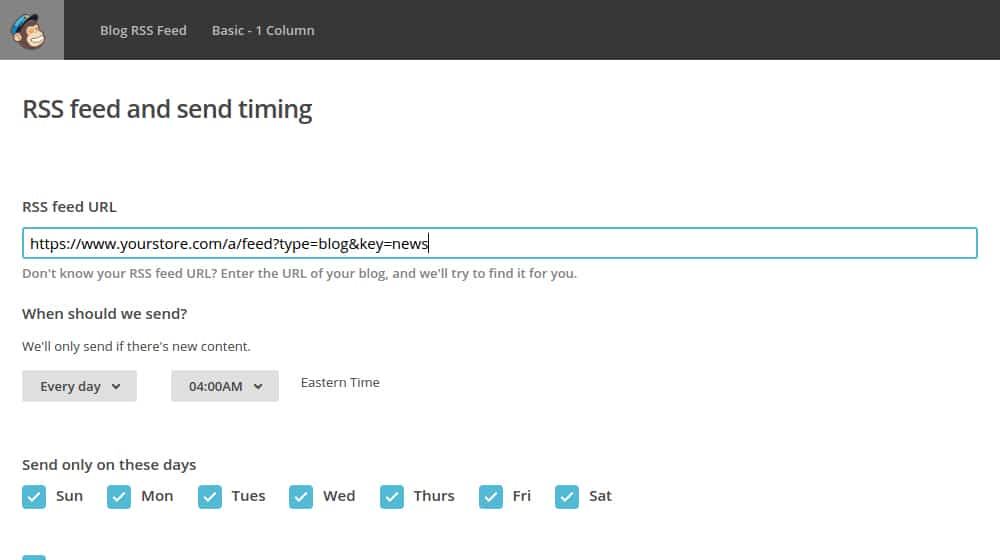
Luckily, you don't need to do much to promote and use these traffic sources. Simply advertise the fact that you have one. People who care will appreciate it and be able to find it, and people who don't will ignore it. It's just about the lowest effort for the traffic you can find, though the traffic itself isn't much.
Translation Traffic
Translation traffic is traffic that comes from websites and users who don't read your primary language. A lot of mid-sized blogs are starting to do this, and Neil Patel in particular highly recommends it as a traffic source a lot of people ignore. In fact, he credits foreign markets with a lot of his traffic and growth.

There are quite a few WordPress plugins and other systems that allow you to set up a simple machine-translated version of your website for dozens of languages, but this isn't all that great. People hate janky, barely-functional machine translations. Just look at the recent backlash over Tabletop Simulator's machine translation support or Rami Ismail's "IsThisArabic" site to see how actual speakers of non-English languages view such poor efforts.
It can be expensive to pay for a translation of your content, but it's well worth it if you can. Foreign traffic is largely an untapped market, so making your site multi-lingual is a huge boost to traffic. Just make sure you can then leverage that traffic in some way! It does you no good to bring in a ton of foreign visitors to your store, only to be unable to serve them.
Direct/Dark Traffic
Direct traffic is any traffic that arrives on your site without a referrer attached. Some of it is traffic from other sources, with the data stripped. A lot of it is traffic coming from bookmarks, from directly typing in a URL, from a messenger-shared link, or other sources that simply don't pass referrer data. I've written about it in detail here.

Leveraging direct traffic sources means expanding your marketing beyond your usual channels. Use channels like:
- Facebook Messenger and WhatsApp are both good options for marketing that don't pass referrer data by default.
- Email marketing. In particular, marketing through other people's newsletters can be a good traffic source that is difficult to track.
- Print advertising. Putting signs in windows, handing out flyers, sending out mass mailers; all can all be effective ways to get traffic from non-digital sources.
Expanding your marketing beyond the digital surface is a great way to get more traffic, but you have additional considerations to remember, such as needing a simple, short URL. No one is going to want to type in a long blog post URL, and if you're paying for a radio ad, no one is going to remember a bit.ly address long enough to type it in. Remember to adjust your strategy for the medium you're using.
Wrapping Up
This list encompasses pretty much every source of traffic you can get that is a) free and b) worth pursuing in some capacity. I highly encourage everyone reading this to pick at least one new traffic source to diversify as your next major project. You might be surprised at how beneficial it can be.
Did I leave any free traffic sources out? Do you have anything to add? Do you have questions for me? Let me know in the comments below!



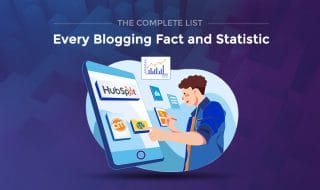
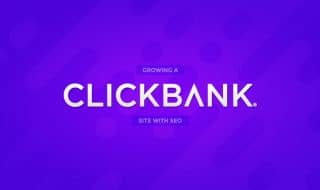





March 29, 2021
Awesome list! Exactly what I was looking for. Most of my traffic is referral traffic so I'm trying to beef up my traffic sources.
March 31, 2021
Hi Shawn, glad this helped you! Thanks for your comment.
June 03, 2021
Thanks for the web traffic sources ...
June 04, 2021
Thanks for your comment! I'm happy they helped you out.
June 23, 2021
Hey James. I'm frustrated with my blog, I can't build up an email list. No one subscribes to my newsletter. Do you have any suggestions on how I can increase subscribers?
June 23, 2021
Hi Ronald!
I'd experiment with your call to action, as well as your value proposition.
Give your subscribers a reason to subscribe to you. Are you giving away free tips? Is there a monthly raffle? Do they have a reason to look forward to your emails?
You can use a tool like Hellobar or Sumo to add some widgets to your blog posts and start steering readers towards subscribing.
Hellobar is convenient since it has built-in split testing, so you can see which verbiage ends up resulting in the most sign-ups. Sometimes a color change or a word change can make a huge difference.
August 13, 2021
How do you monitor search traffic?
August 13, 2021
Hi, Anna! You're looking for Google Analytics. I also recommend signing up for Google Search Console if you haven't already.
September 28, 2022
Do you know where to look for good translation services? We want to look into translation traffic since we're expanding our services to a few more countries.
October 07, 2022
Hey Lloyd, I don't know of any services off the top of my head but I've used freelancers for this in the past off Freelancer sites like Upwork and Freelancer.